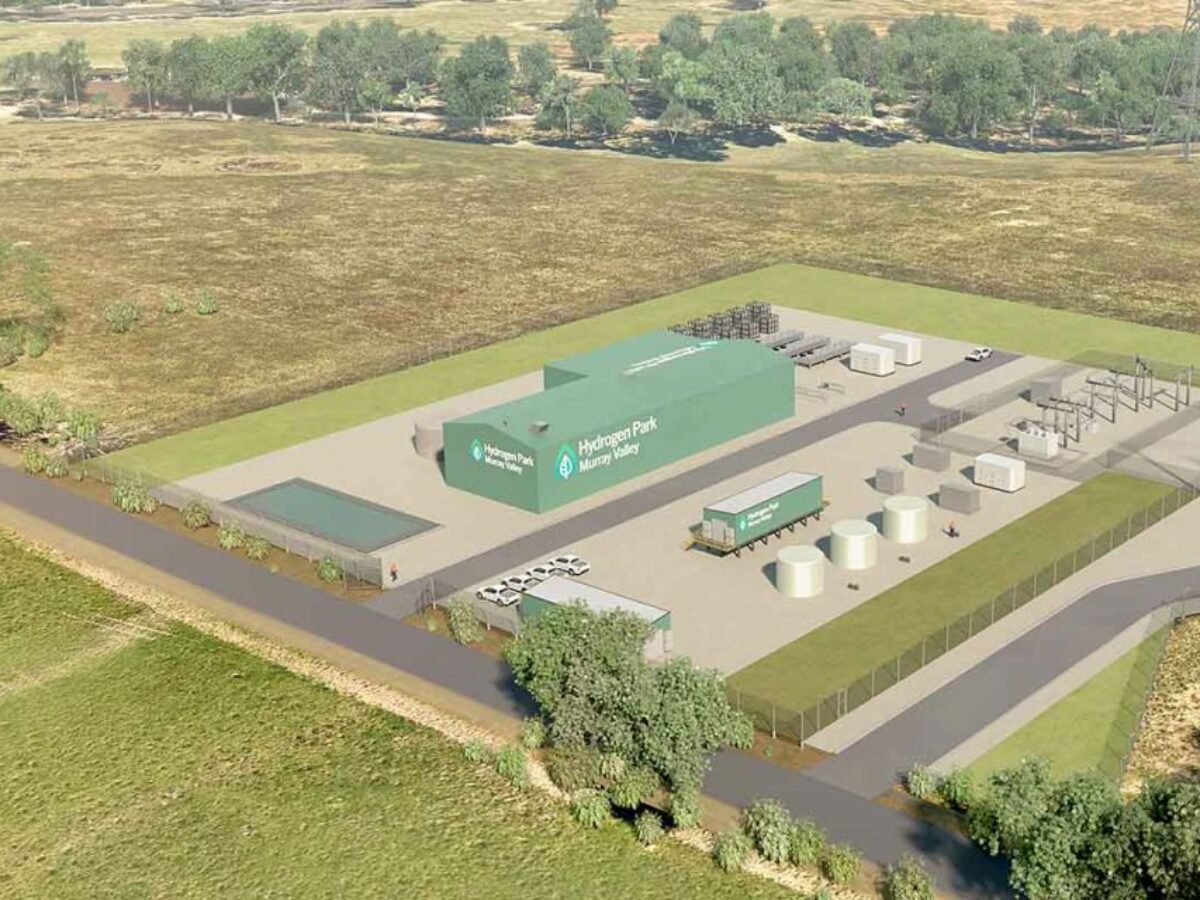Hyped and expensive, hydrogen has a place in Australia’s energy transition, but only with urgent government support

By Alison Reeve, Grattan Institute
If you listen to the dreamers, hydrogen is the magical fuel of the future that can replace everything from the petrol in your car to the coal in a steelworks.
Hype around hydrogen has been building in Australia since at least 2018. Every government has a hydrogen strategy. Hydrogen has been promoted as a replacement for our coal and gas exports, and even our major parties agree on its role in Australia’s energy transition.
In my previous job as a federal public servant, I worked with the then Chief Scientist Alan Finkel and state and territory governments to develop Australia’s first National Hydrogen Strategy.
We were excited by hydrogen’s seemingly endless possibilities, from replacing natural gas in homes to fuelling cars and trains, to an export industry to rival liquid natural gas. The strategy acknowledged considerable uncertainty around these potential uses, but urged governments to seize the opportunities.
High costs and hard times for hydrogen
Since we published the strategy in 2019, the world has changed. The European Union’s stimulus spending in response to the pandemic shifted the focus of industry development from Asia to Europe. Last year the passage of the US Inflation Reduction Act began pumping subsidies into industry development in the United States, too.
We also know a lot more about the logistics of hydrogen supply chains. Earlier hydrogen policy – such as Australia’s “H2 under $2” target, set in 2020 – assumed demand would magically appear when hydrogen’s production price reached parity with fossil fuels.
This assumption ignored the high costs of moving hydrogen from point of production to point of use, storing it, and switching to new assets that can use it.
Today we know more about where hydrogen might be used to decarbonise the economy. A 2020 Grattan Institute report found that rather than exporting hydrogen, Australia had an opportunity to use it to value-add to Australia’s largest export – iron ore.
Grattan Institute’s work also showed that using hydrogen to replace gas in Australian homes was a poor economic choice. Worldwide, a consensus is emerging that switching to green electricity is the most economic way to reduce most energy-related emissions. Hydrogen will rarely be the cheapest option.
Australia is already struggling with the scale and pace of its energy transition. The scale of construction required to be a green energy superpower looks well out of reach. It’s time to bring Australia’s hydrogen dreams down to earth.
Three potential hydrogen industries
Grattan Institute’s latest report, Hydrogen: hype, hope, or hard work? identifies three hydrogen uses – ammonia manufacturing, high-temperature alumina processing – and green iron production – that Australian governments should focus on.
Hydrogen is either the only or the most promising technical option to decarbonise these commodities. They would be large users of hydrogen, capable of producing viable export industries built on a supply chain big enough to lower costs.
But for all three, the cost of using hydrogen instead of conventional fossil fuel is prohibitively high. Unless this cost gap is closed, these industries won’t have a future in Australia. If governments want them as part of their “green superpower” vision, they need to act.
A big share of the cost of hydrogen comes from the cost of the electricity used to make it. So above all, governments must continue to transform Australia’s electricity sector to push down power prices. Without cheap renewable electricity, our hydrogen dreams and green superpower ambitions disappear.
The need for industry policy
Even with lower electricity costs, making ammonia, alumina and iron from hydrogen is still likely to be very expensive.
This cost can be reduced in two ways. First, make the fossil fuel alternative more expensive. The Safeguard Mechanism puts a price on Australia’s industrial emissions, but it’s not enough to make hydrogen an economic alternative.
Second, use industry policy to give these industries a financial leg-up, rather than leaving everything to market forces.
Unlike the EU and the US, though, Australia is a small economy, with little fiscal capacity to undertake industry policy. Instead of introducing US-style tax credits, which could quickly drain treasury coffers, Australia should be strategic with industry policy, building industries with a long-term, subsidy-free future.
Much of the extra cost to create these industries comes from the high cost of production, rather than the initial capital expenditure. Investors will be reluctant to lend to ammonia, alumina, and steel companies to help them make a product that is more expensive than competitors.
To help green commodity producers to grow and become competitive while using hydrogen is expensive, the government should underwrite their returns by introducing “contracts-for-difference”. These instruments pay producers for the gap between their higher costs and the price the market is willing to pay. As their costs fall so does government support, leaving behind a plant producing a low-to-zero emissions product that has buyers.
We can’t wait
It’s tempting to say costs will come down with time, or that governments in the US and EU can do this work of reducing costs. But a sitting-back approach has a big opportunity cost for Australia. Industrial supply chains are geographically “sticky” – once capital has been invested in assets at one end of the chain, these assets don’t tend to move.
If Australia waits for the US and the EU to drive down costs, we are allowing them to anchor sticky supply chains in their economies. In a world without subsidies, Australia might have a comparative advantage over some of these places, but once the supply chain has stuck in place, it is unlikely to move here to seize that advantage.
Deployment, not time, is what drives costs down. If Australian industry doesn’t start using hydrogen while it’s expensive, it won’t have the option to use hydrogen cheaply in the future. It’s time to stop dreaming and start the hard work.![]()
Picture: credit ARENA
Alison Reeve, Deputy Program Director, Energy and Climate Change, Grattan Institute
This article is republished from The Conversation under a Creative Commons license. Read the original article.
@aumanufacturing Sections
Analysis and Commentary Awards Defence Manufacturing News Podcast Technology Videos










